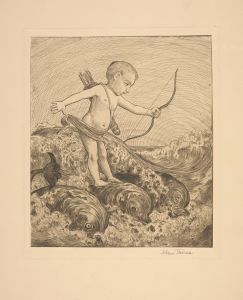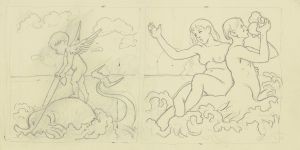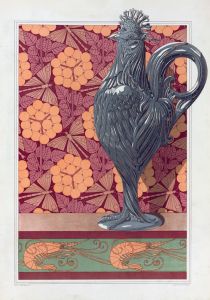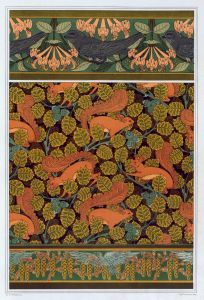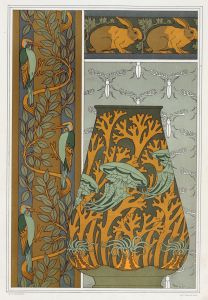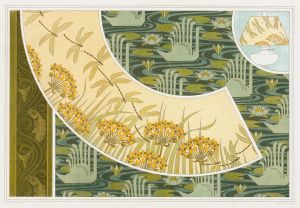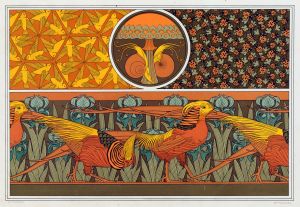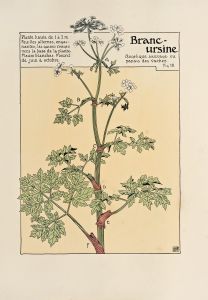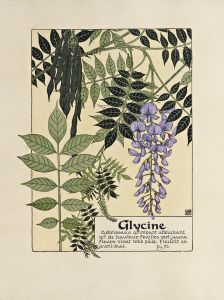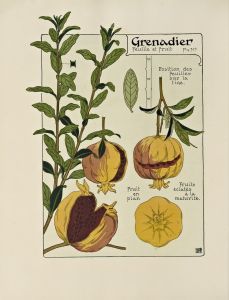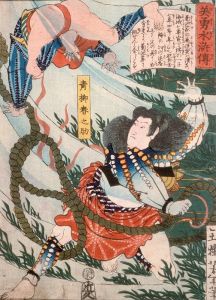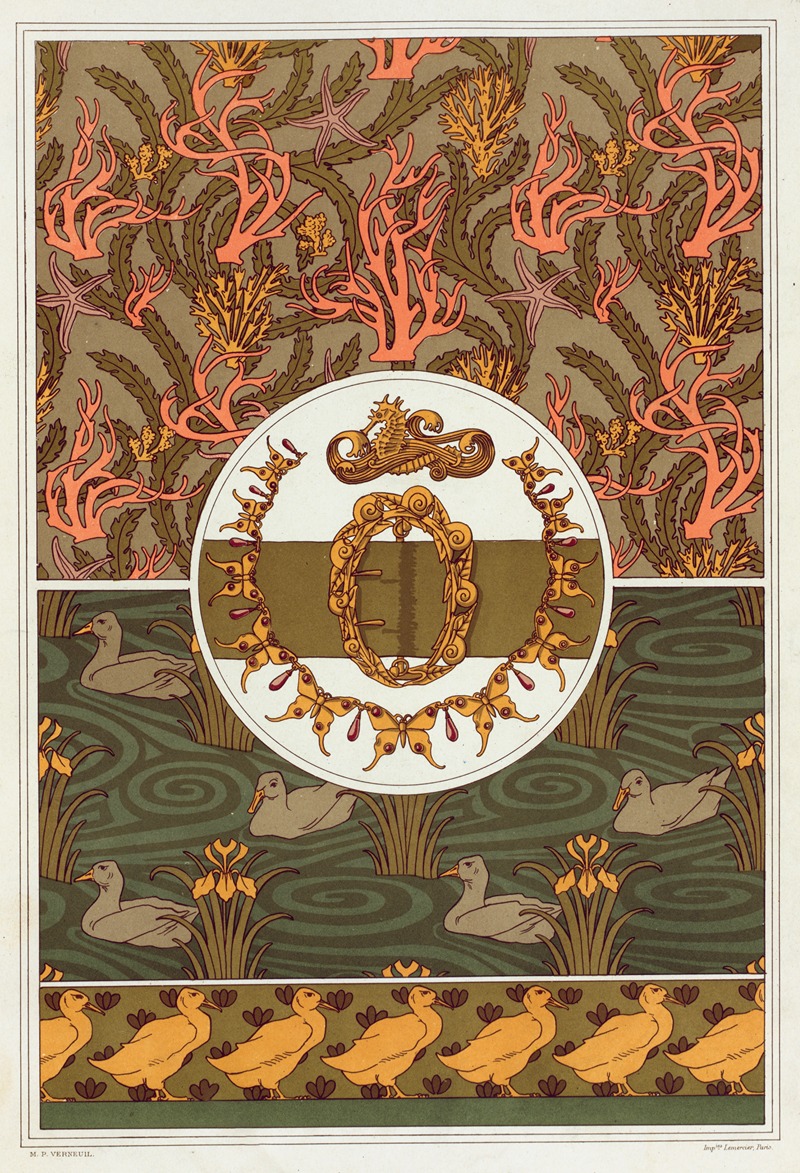
Coraux, madrepores, étoiles de mer et algues, cretonne imprimée.
A hand-painted replica of Maurice Pillard Verneuil’s masterpiece Coraux, madrepores, étoiles de mer et algues, cretonne imprimée., meticulously crafted by professional artists to capture the true essence of the original. Each piece is created with museum-quality canvas and rare mineral pigments, carefully painted by experienced artists with delicate brushstrokes and rich, layered colors to perfectly recreate the texture of the original artwork. Unlike machine-printed reproductions, this hand-painted version brings the painting to life, infused with the artist’s emotions and skill in every stroke. Whether for personal collection or home decoration, it instantly elevates the artistic atmosphere of any space.
Maurice Pillard Verneuil was a prominent French artist and designer known for his contributions to the Art Nouveau movement, particularly in the realm of decorative arts. Born in 1869, Verneuil's work was characterized by its intricate patterns and vibrant use of color, often drawing inspiration from nature. One of his notable works is "Coraux, madrepores, étoiles de mer et algues, cretonne imprimée," which translates to "Corals, madrepores, starfish, and algae, printed cretonne."
This piece is a testament to Verneuil's fascination with the natural world, specifically marine life. The artwork is a printed textile design, showcasing a rich tapestry of underwater elements. The use of corals, madrepores (a type of coral), starfish, and algae reflects the artist's keen observation of marine biodiversity and his ability to translate these forms into decorative motifs. The design is executed on cretonne, a type of heavy cotton fabric that was commonly used for upholstery and drapery during the late 19th and early 20th centuries.
Verneuil's work in "Coraux, madrepores, étoiles de mer et algues" exemplifies the Art Nouveau style, which was characterized by its organic forms, flowing lines, and incorporation of natural elements. This movement sought to break away from the rigid structures of traditional art, embracing a more fluid and harmonious approach. Verneuil, along with his contemporaries, played a significant role in popularizing this style across Europe.
The choice of marine life as a subject matter is significant, as it reflects the broader cultural and scientific interest in the natural world during this period. The late 19th century was a time of great exploration and discovery, with advancements in marine biology and oceanography. Artists like Verneuil were inspired by these developments, incorporating elements of nature into their work to celebrate the beauty and complexity of the world around them.
Verneuil's designs were not only artistic expressions but also served practical purposes in interior decoration. The use of cretonne fabric allowed his patterns to be applied to various household items, making art accessible to a wider audience. This democratization of art was a key aspect of the Art Nouveau movement, which sought to integrate art into everyday life.
In addition to his textile designs, Maurice Pillard Verneuil was also known for his work in graphic design and illustration. He published several influential books on design, including "L'Animal dans la décoration" (Animals in Decoration), which further showcased his ability to blend art with nature. His contributions to the field have left a lasting impact, influencing subsequent generations of designers and artists.
Overall, "Coraux, madrepores, étoiles de mer et algues, cretonne imprimée" is a prime example of Verneuil's mastery in combining natural motifs with decorative art. It highlights the artist's skill in capturing the essence of marine life and translating it into a visually captivating design. Through his work, Verneuil not only contributed to the Art Nouveau movement but also helped to foster a greater appreciation for the beauty of the natural world.






